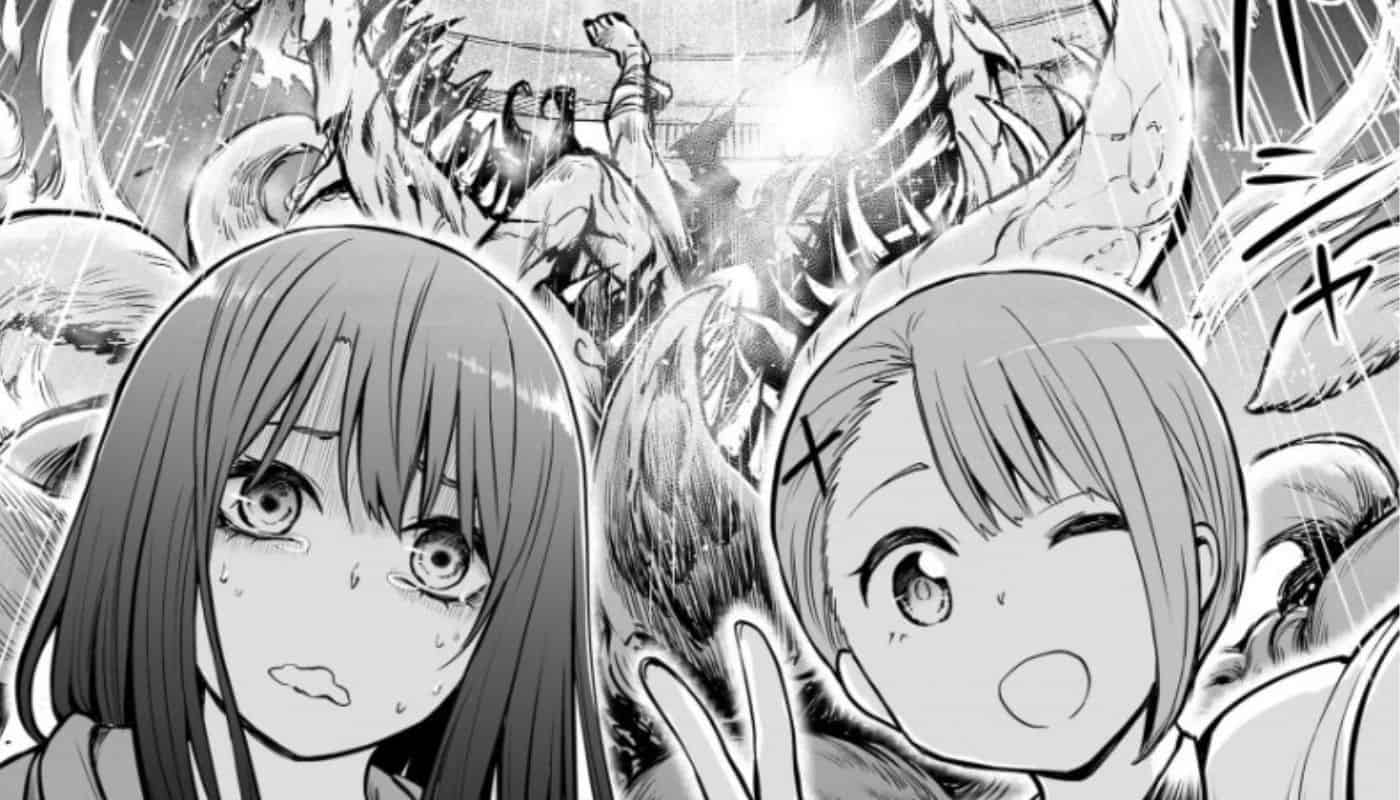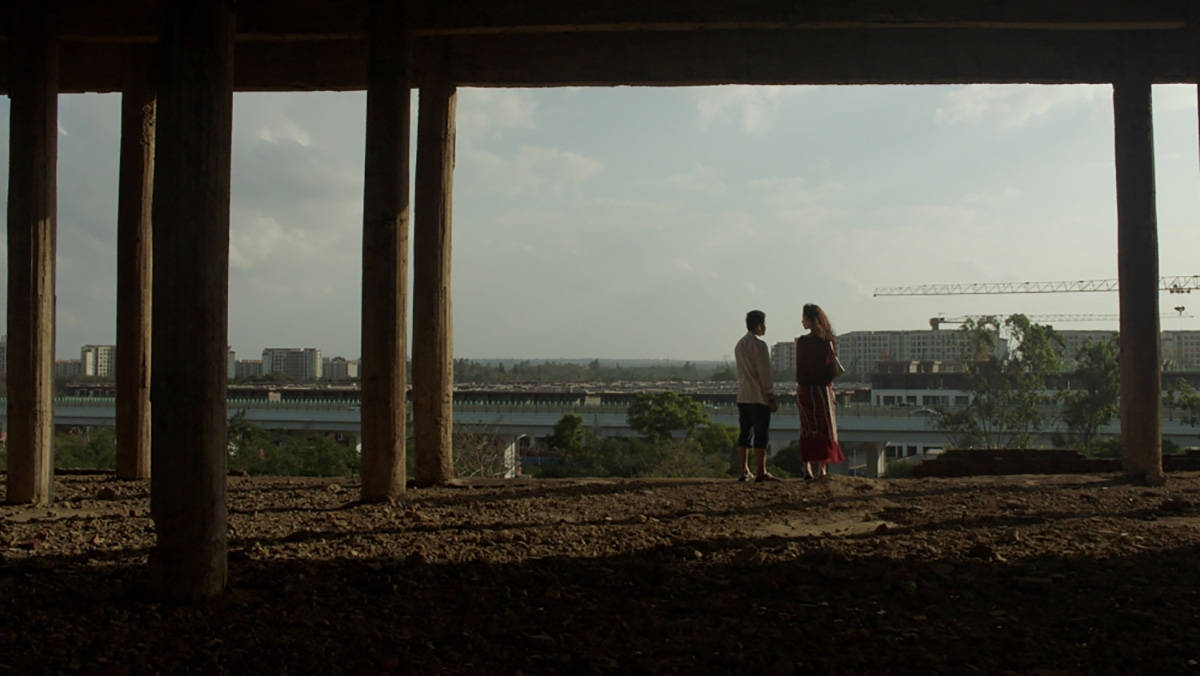The intense emergence of films about films that has been happening the last few years in Asian cinema is probably one of the most exciting concepts to be taking place in the region's cinema. Yandy Laurens tries his hand in the (sub) genre, through an approach that provides one of its apogees.
Falling in Love Like in Movies is screening at San Diego Asian Film Festival Spring Showcase

The film shows its colors (pun intended) from the introductory scene. A script writer, Bagus (who is played by Ringgo Agus Rahman) enters the office of his producer, Yoram, who, once more, wants him to adapt another successful TV drama to a movie. Bagus, however, has another concept in his mind, of a black-and-white rom-com which is based on his actual experience, after meeting Hana, his old high school flames, and pursues a romantic relationship with her, even though it has just been 4 months since her husband died. As soon as he mentions black-and-white, the frame and the color of the movie change to suit his words, and the narrative changes to his actual experiences. Since the producer agrees, though, the shooting of the film actually becomes part of the narrative, which has it moving within and outside the film creating various meta levels, in a way that can only be compared with “One Cut of the Dead”, although in completely different, rom-com prism this time.
Yandy Laurens shoots a very ambitious project, with the aforementioned, meta-layer approach being quite difficult to implement in theory, but he manages to pass the ‘test' with flying colors. The way the story moves inside and outside the movie is impressive, while allowing him to make a number of quite realistic comments, both regarding the shooting of movies and how the industry works in Indonesia. Regarding the latter, the discussions with the producer are rather indicative. Bagus wants to make an artistic black-and-white rom-com following the 8 chapter “rule” of the genre (which he also actually does in the actual movie). Yoram, on the other hand, having commercial success in his mind, wants him either to adapt a TV drama, or if the script is original, to at least be a horror. Another solution comes from having big names in it, either in the director's seat (with the name of Riri Riza coming up) or in the cast. Lastly, the final solution if nothing else works, is to make the movie fast with the least possible cost, in a comment that essentially applies to the whole independent movie industry.
Furthermore, that two of the protagonists in the movie, Cheline and Dion (you get it, right?), a married couple who are Bagus's best friends, are the editor and the main actor of his movie, allows Laurens to present how films work, both during the shoot and around it. The appearance of Julie Estelle as essentially herself adds to both this element, and the meta one we described just before, with the same applying with Dion Wiyoko who plays Dion.
This whole aspect, however, finds its apogee in the ‘racing scene” where an impressive Sheila Dara Aisha as Cheline dictates how the movie should look in the scene, with what we are seeing on the screen actually following her words. The drone shot that moves around and back to the bike she along with Dion and Bagus are riding is probably the most impressive in the whole movie, as is actually the whole sequence, where, additionally, Dimas Bagus Triatma Yoga's cinematography and Hendra Adhi Susanto's editing find their zenith.
The presence of the also excellent Nirina Zubir as Hana, on the other hand, and her interactions with Bagus, allow for more character analysis and a series of social comments having to do with relationships, essentially adding yet another level to the movie. The concept of grief and the possibility of finding true love at a later age in life is the most obvious one, but Laurens also talks about how people can become rather self-centered with their feelings, ignoring those of others in the process. That the one in fault here is Bagus could be perceived as a comment regarding artists and how focused (in a negative way) can become with their art, with the way his interactions proceed with Hana essentially maturing him as the movie progresses. At the same time, the value of communication and being truthful is highlighted too, adding even more to the rather rich narrative here. Lastly, that cinema can imitate life, but it is not the same as living and experiencing it, emerges as one of the most smart and accurate remarks Laurens makes.
Check also this interview
Through the aforementioned, the performance by Ringgo Agus Rahman also emerges as excellent, with his interactions with the rest of the protagonists, showcasing, additionally, the outstanding chemistry between them.
The film can be a bit too dialogue-heavy on occasion, and would definitely benefit from a tighter ending, but these are just minor issues here, with “Falling in Love Like in Movies” emerging as a film that is rather smart and intelligent, rather fun, rather informative, and rather entertaining in equal measures.















